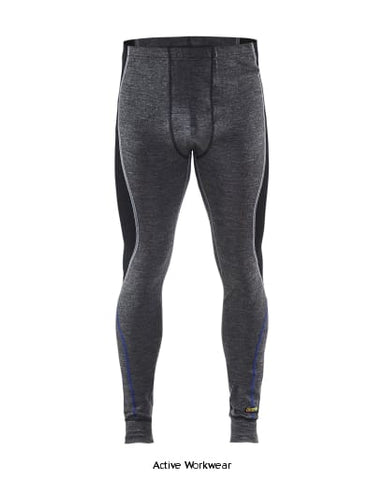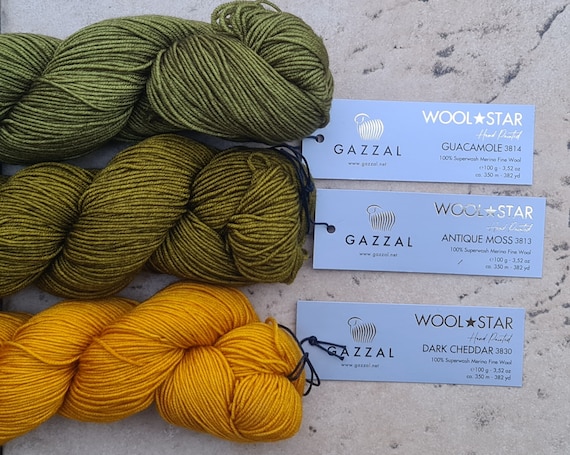Recommended Merino Wool Base Layer Blog
Wiki Article
Why Is Yak Merino Wool Base Layers Effective For Winter Sports Clothing In Terms Of Natural Fiber Benefits?
Renewable and sustainable, Yak Merino wool base layer is extremely efficient in winter sportswear and not just because it performs well, but also because of its natural fiber advantages.
Both Merino and Yak are natural fibers that are derived from animals. They are renewable resources and can be harvested sustainably and without harming animals. They biodegrade, which means they do not harm the environment.
Low Environmental Impact
Natural fibers typically have a smaller environmental impact than synthetics. Wool production is less harmful to the environment than synthetic fibers because it requires less chemical processes.
Energy Efficiency
Processing wool fibers consumes less energy compared to the production of synthetic fibers like polyester or nylon. The process of making natural wool requires less energy and reduces carbon emissions.
Minimized microplastic pollution
Natural wool fibers are not responsible for microplastic pollution of water bodies Contrary to synthetic fibers, which release microplastics after being washed.
The product's longevity and its Recyclability
Yak wool clothes are generally durable and last a long time, extending their lifespan. Wool fibers can also be repurposed or recycled, which reduces waste.
Sustainability Practices
Certain wool producers and manufacturers follow ethical and sustainable practices, ensuring animal welfare and responsible land management and fair working conditions for workers involved in the production chain.
Environmental Certification-
Certifications like the Responsible Wool Standard (RWS) or the Global Organic Textile Standard (GOTS) verify environmentally and ethically mindful practices used in the production of wool giving consumers confidence regarding the sustainability of wool production.
As a whole yak Merino wool base layers are environmentally sustainable since they are constructed from natural fibers, have minimal environmental impact and also incorporate ethical and sustainable practices into the supply chain. Choosing natural fibers like yak merino wool for winter sports clothing is sustainable and environmentally-friendly consumption practices. Read the top I was reading this on merino wool base layers for website tips including smartwool 150 base layer, smartwool merino 250 base layer, merino wool underlayer, merino wool base layer mens, patagonia merino wool base layer, omniwool base layer, wool thermal base layer, merino base layer womens, wool thermals, ski underwear and more.

What Are The Benefits Of Bamboo Clothing In Terms Of Softness And Antibacterial Properties As Well As Durability And Renewable?
Bamboo clothes are soft durable, durable, renewable and antibacterial.
Bamboo fabric is an exquisite and silky texture it is often compared to other luxury fabrics such silk or cashmere. It feels soft and smooth against your skin, providing a comfortable and a pleasant wear.
Antibacterial Properties
Bamboo has natural antimicrobial characteristics. Bamboo contains an antimicrobial substance called "bamboo Kun." This ingredient helps to prevent the growth on fabric of odor-causing fungi or bacteria.
Durability-
Strength - Despite bamboo's softness, it's a sturdy material that's long-lasting. Bamboo clothing is able to withstand normal wear and tear, making it ideal for a variety of kinds of activities without compromising the quality.
Renewability-
Rapid Growth - Bamboo is an abundantly renewable resource that can grow quickly without pesticides or fertilisers. It is able to mature in just a few years, making it readily accessible for sustainable harvesting, and lessening the environmental impact of cultivation.
Sustainability-
Sustainable Production - Bamboo production and cultivation have less environmental footprints than synthetic materials. Bamboo's rapid growth rate and low need for water and its capacity to adapt to a variety of climates are just a few factors which contribute to the sustainability of the material.
Biodegradability-
Bamboo's natural breakdown decomposes naturally when it reaches the point of no return in its life. This reduces the quantity of non-biodegradable material in landfills and reduces environmental pollution.
Hypoallergenic Qualities
Reduced Skin Irritation Bamboo fabric is less likely to cause skin irritation than synthetic materials. This makes it a good choice for those who have sensitive skin.
Bamboo clothing is a great choice for people who want eco-friendly practical, comfortable clothing. These qualities provide a positive experience while wearing and are in line with environmentally-friendly practices. Check out the top rated bamboo clothings recommendations for site info including freefly summer hoodies, bamboo apparel wholesale, clothes made from bamboo, preemie bamboo pajamas, bamboo hawaiian shirts, bamboo fiber t shirt, bamboo sweatpants, mens bamboo boxer shorts, childrens bamboo socks, women's freefly apparel and more.

What Is The Difference Between Merino And Bamboo Clothing Compare To Regular Wool?
Merino, bamboo, and regular wool each have distinct particularities.
Merino's soft fibers are soft against your skin. It's less likely cause irritation or itch as wool is typically.
Merino Wool has excellent moisture- Wicking Properties- Merino is a moisture-wicking material that draws moisture away and lets it evaporate. The wearer stays dry and comfy.
Merino wool is exceptionally warm even when wet. It regulates temperature and provides warmth in cold weather and allows for breathability during hot weather.
Odor Resistance- It naturally inhibits the growth of bacteria responsible for odor and keeps clothes fresh when worn for a long time.
Bamboo Clothing-
Softness - Bamboo clothing has a silky, soft touch which is often compared to cashmere or silk. It's gentle on the skin, giving a luxurious feel.
Bamboo fabric is moisture-wicking and has properties which draw sweat away from the body and keeps you dry when you exercise.
Temperature Regulation- Bamboo clothing has natural temperature-regulating abilities, offering warmth in winter and breathability to prevent overheating.
Sustainability - Bamboo is a resource which is renewable and grows very quickly without pesticides. It is biodegradable.
Regular Wool
Texture. The traditional wool texture isn't the only one that can be varied. Some types of uncomfortable or itchy textures are more coarse.
Warmth- Regular Wool provides great insulation and warmth, however it can feel weighty and bulky at times.
Wool is able to absorb moisture. This means it is less effective at wicking moisture in comparison to merino bamboo or other fabrics. Wool keeps its warmth even when it is damp.
Merino's advantages include the softness, moisture-wicking capacity as well as resistance to odor and insulation. Bamboo clothing is soft and has the ability to wick moisture away. It also regulates temperatures and is green. Wool comes in a variety of textures, and doesn't always provide the same softness or ability to wick moisture as bamboo or merino, yet it provides warmth and insulation. Each material offers unique benefits which cater to various needs and requirements for winter clothing. Read the top rated here are the findings about bamboo winter clothings for website info including long john merino, ski base layer mens, merino wool thermal underwear, smartwool 250, smartwool long sleeve shirt, smartwool base layer womens, smartwool 250 base layer bottoms, ski base layer pants, best merino wool base layer, ski base layer mens and more.
